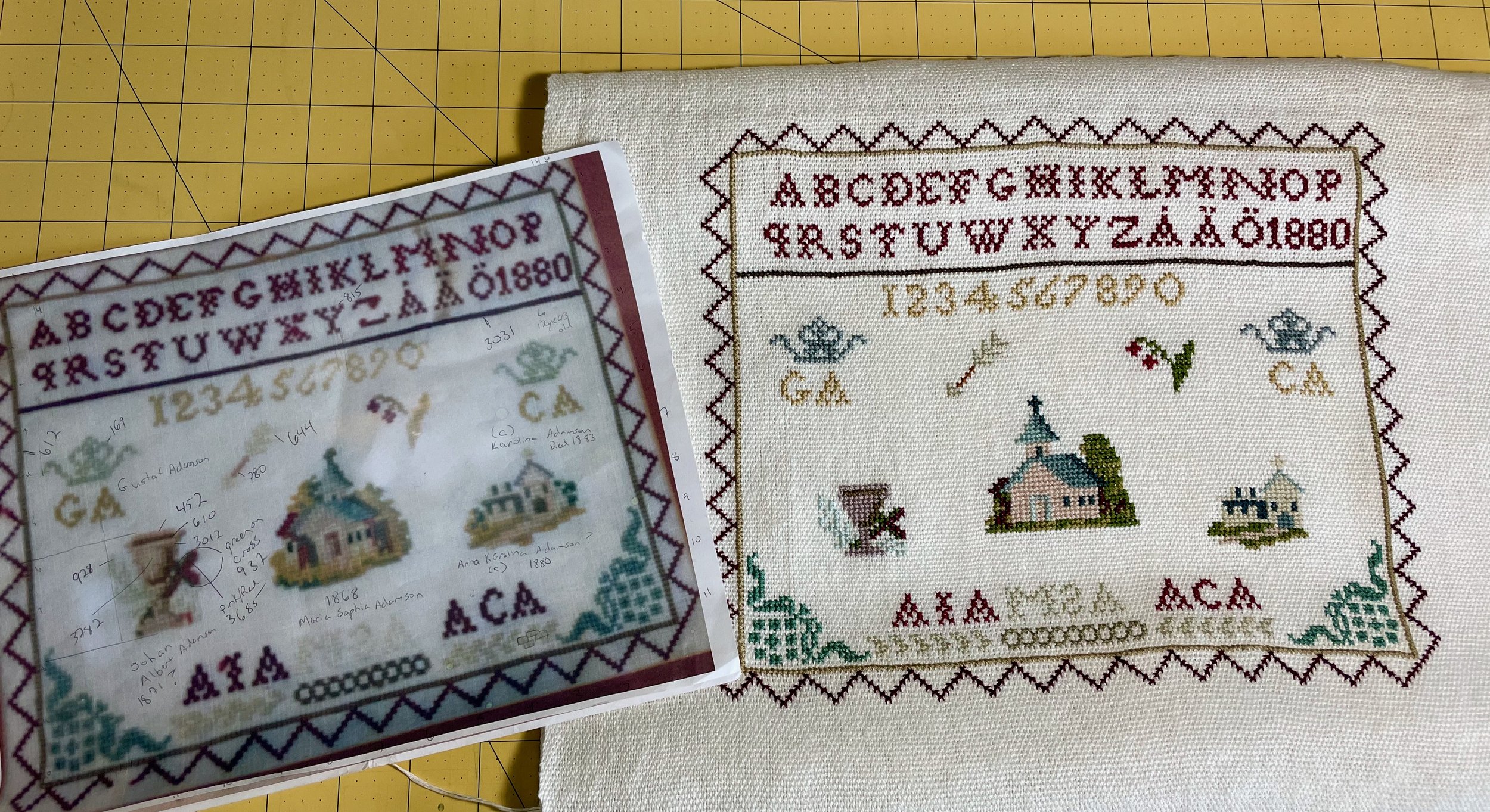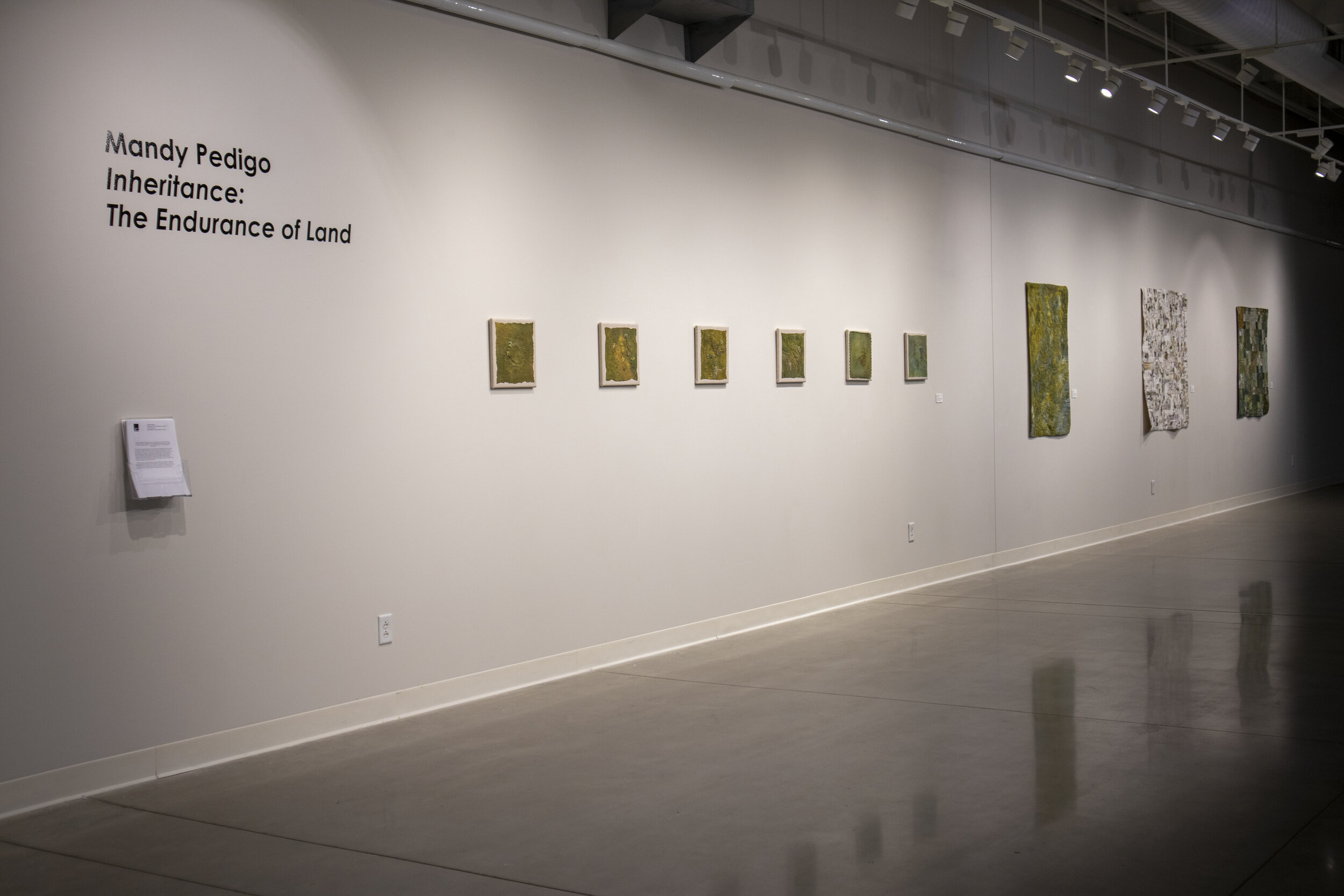For many of us, there are topics that we keep returning to repeatedly; things we just think about over the course of our lives. They can show up in the literature and stories we are drawn to, the art we appreciate, or just pulse under the surface. As an artist, much of my work and research has centered on connections with nature, family, and heritage. These themes have been with me for a very long time. I thought about it when I worked with children of immigrants as a teacher. I wrote about finding home in an undergraduate literature class.
I have a long history of searching for my family story. Somehow, I’ve always known I needed to know more about my mother’s people even though it was difficult to get information. People that knew were often reluctant to talk about it and I spent many long years not understanding why this was the case. My mother’s people were deeply silent – by nature and because of unhealed trauma and secrets. Despite the silences, and the deaths of people who had the information, I’ve been able to piece a lot of the information together thanks to the internet. My childhood sleuthing has begun to provide answers. Through understanding my immigrant great grandparents, I even discovered why I was so drawn to express my love and connection to nature in my artwork. It was all there waiting for me.
I used to say that I didn’t receive any family recipes that were linked to family. This has turned out to not be quite true. My mother was a very good cook and she recorded many of her greatest hits for me before she died after years of me asking and trying to write down how she made my favorite dishes. Like many cooks, she didn’t record ingredients and how much she used. Finally, one year for my birthday she sat down, and I still use her set of handwritten cards. I’ve started to scan them for safe keeping.
There was one favorite dish that she would make, cauldummer, and the family would accuse her of making up the name. Cauldummer is a delicious blend of hamburger, rice, breadcrumbs, spices, and eggs made into oval shapes and wrapped in cabbage leaves and baked. I looked for the word in recipe books and menus and never spotted it. My mom would swear it was a real word, but I could never verify it until a few years ago. One evening after eating a dinner of cauldummer, I wondered if the internet could help me. After a quick search I found it, Kåldolmar, Swedish cabbage rolls. I had a family recipe, from my mother’s mother’s Swedish side! It was there all along, spelled phonetically, and hiding in plain sight. I’ve had this phenomenon happen many times over the years that I have been diligently searching. Seemingly separate clues with unknown connections.
The most recent example was found during a recent trip to Minneapolis. My husband and I were shopping in a Nordic store when I found a mug that tripped a memory. The Swedish flower design stopped me in my tracks. I remembered my mother had a set growing up. Here was another trace of heritage that was unexplained and unremarkable. I bought the mug, and it is now a favorite. After I posted about it on social media, a friend who was downsizing homes reached out to offer me a creamer that matched. I am delighted.
I recently finished a project connected to my Swedish ancestors. Many years ago, while visiting with my mother’s sister, I was shown a counted cross stitch sampler that my great grandmother, Maria, made while in Sweden as a twelve-year-old girl. I took a picture of it – unfortunately under glass with lamp glare, but I’m glad to have it now. I’ve thought about the piece a lot over the years. I don’t know what became of it after my aunt’s death. I thought that I would just have to be consoled by at least having a record of its existence. If I’m honest though, it makes my heart hurt a bit.
Last year, as part of the Swedish weaving group with my local guild, we had a challenge to use linen yarn to make something for the year. We did a group order for 16/2 linen yarn from Sweden, and I knew what I wanted to make. I wove the ground fabric to recreate my great grandmother’s sampler. I painstakingly mapped out Maria’s design, fudging here and there when I couldn’t exactly see or count her design. I finished stitching the piece two months ago and now it is framed and on my wall. It was a piece that I felt compelled to make, even when I had to rip out hours of work due to a miscount several times. Having the piece completed has soothed the ache that I feel with the original work not in my ownership. It is a work of devotion and honoring those that came before.
A photo print out of the original with notes (left) and my recreation of the sampler.
I love how Maria has included her family on this piece. Maria’s father’s and mother’s initials are in the middle on each side. Maria’s initials are on bottom center. I even left her original backwards S. On each side of Maria’s are her sibling’s initials. Maria was one of four children, but the youngest was not yet born when Maria stitched her piece. This textile represented her identity and where she came from. Knowing where you came from and your connections to the past are often taken for granted. When you don’t have this piece of your identity, it leaves an open place in our understanding. There are many ways to fill emptiness.





